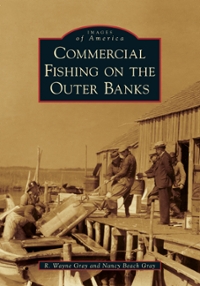Question
Suppose there are two restaurants selling pizzas on the same block, Tominos and Huts, and they are competing with each other following the rules of
Suppose there are two restaurants selling pizzas on the same block, Tominos and Huts, and they are competing with each other following the rules of the Cournot Oligopoly Model. Suppose inverse market demand for pizzas is p = 600 - Q. Suppose Tominos has a cost function C( qt ) = q2t and Huts has a cost function C( qh ) = 9qh.
Now suppose that instead of competing on quantities, the two restaurants are competing by setting prices following the Bertrand Oligopoly Model. Assume both restaurants have MC = $5 and total market demand for pizzas is 1000.
- What is the Nash - Bertrand equilibrium in this market?
- What would the Nash - Bertrand equilibrium in this market be if Tominos has a marginal cost of $5 and Huts has a marginal cost of $4 per pizza, assuming no fixed costs?
- What are two ways this Nash - Bertrand equilibrium is inconsistent with real oligopoly markets?
Now suppose that the two restaurants use advertising to differentiate their products. The marginal cost for each restaurant stays the same at $5 for both. Suppose Tominos faces a demand function of qt = 1000 - 10pt + 10ph. Suppose Huts faces a demand function of qh = 1000 - 5ph + 10pt.
- What is the Nash - Bertrand equilibrium now?
Step by Step Solution
There are 3 Steps involved in it
Step: 1

Get Instant Access to Expert-Tailored Solutions
See step-by-step solutions with expert insights and AI powered tools for academic success
Step: 2

Step: 3

Ace Your Homework with AI
Get the answers you need in no time with our AI-driven, step-by-step assistance
Get Started


